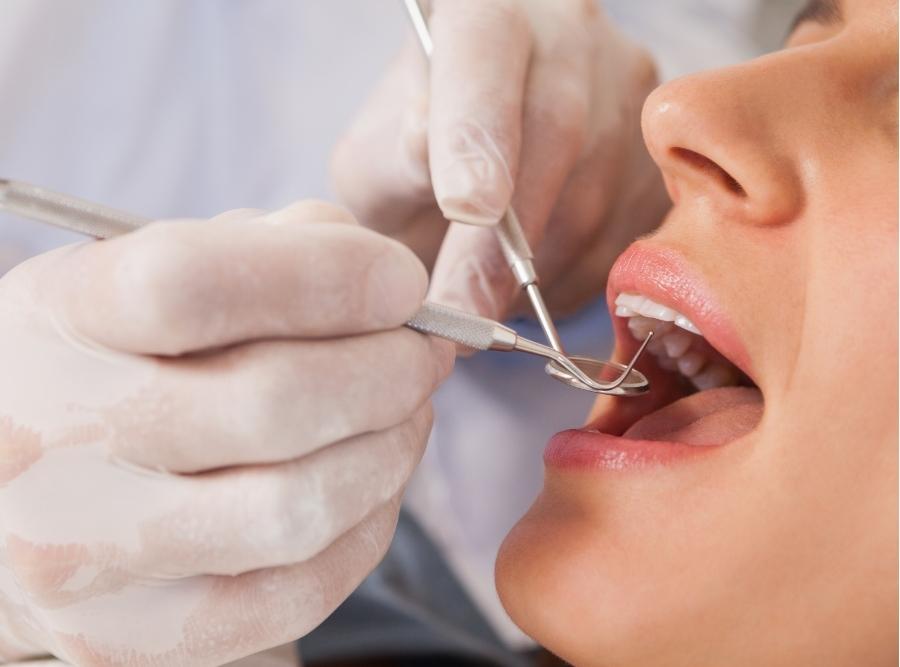Choosing an orthodontist is something most families eventually face, whether it’s for a child’s first evaluation, a teen preparing for braces, or an adult finally ready to improve their smile. It’s an important decision, and knowing what truly matters can make the process much easier, especially with so many treatment options available today.
Why Orthodontic Care Matters Beyond Cosmetics
Orthodontics is often thought of as purely aesthetic, but the benefits reach far into long-term health and function. Straight teeth distribute biting pressure more evenly, prevent premature enamel wear, and support healthier gums. A properly aligned bite also improves chewing, speech clarity, and overall comfort.
Many children with early alignment issues may also experience breathing challenges, thumb-sucking habits, or jaw growth concerns — all problems that can be addressed or improved with early orthodontic monitoring. For adults, orthodontics can correct years of bite-related discomfort or shifting teeth, especially if wisdom teeth crowded the smile in early adulthood.
While confidence is a wonderful part of treatment, orthodontics is about building a healthier, lifelong foundation.
When Kids Should Have Their First Orthodontic Checkup

Parents are often surprised to learn that the American Association of Orthodontists recommends a child’s first evaluation at age seven. This early visit doesn’t mean braces right away. Instead, it allows the orthodontist to observe how the child’s jaw is developing, whether adult teeth have room to come in, and whether any habits or growth patterns need early guidance.
Some children need simple treatments like expanders or space maintainers; others may not need any treatment until their teenage years. But early awareness gives parents clarity and prevents surprises later.
Warning Signs to Watch For:
- Difficulty chewing or biting
- Mouth breathing or snoring
- Early or late loss of baby teeth
- Crowded or protruding front teeth
- Jaws that shift or make sounds
- Thumb sucking past age five
Understanding the Difference Between Adult and Teen Treatment
Teens are the most common orthodontic patients, and they often benefit from traditional braces, which are reliable, efficient, and work continuously without needing removal or perfect compliance.
Adults, however, often prefer discreet options like clear aligners or ceramic braces, but they also have different needs. Adults may have previous dental work, gum sensitivity, or shifting caused by aging. A skilled orthodontist understands how to plan treatment around existing restorations and create results that blend naturally with a patient’s lifestyle.
Whether you’re a teen or an adult, orthodontic treatment today is more precise and more comfortable than ever.
Why Traditional Braces Are Still One of the Best Orthodontic Options
While clear aligners are popular, traditional braces remain a top choice for reliability and versatility. They allow orthodontists to make detailed adjustments that can’t always be achieved with removable trays. Braces also work around the clock — an ideal solution for teens who might forget to wear aligners or adults who want fast, predictable progress.
Traditional braces treat a wide range of concerns: crowded teeth, spacing, deep bites, open bites, severe overbites or underbites, and complex rotations. Modern braces are sleeker, smaller, and more comfortable than they were years ago, making treatment easier and more effective.
What to Look for When Choosing an Orthodontist

A great orthodontic experience begins with choosing the right provider. Here are a few signs you’re in good hands:
A thorough evaluation
The orthodontist should take time to understand your concerns, examine your bite, and review imaging. A rushed consultation is a red flag.
Clear communication
Treatment should be explained in plain language — options, timelines, and expectations.
Modern technology
Digital scans, imaging, and updated tools create more comfortable appointments and more precise movement.
A personalized treatment plan
No two smiles are the same. Treatment should be tailored, not generic.
Transparent approach
You should have a clear understanding of the treatment process, timeline, and what to expect at each stage.
A focus on long-term results
Retainers and follow-up care matter just as much as the active phase of treatment.
Questions to Ask During Your Consultation
Don’t leave your first appointment without clarity. Here are essential questions every family should ask:
- What are all my treatment options, and why do you recommend this particular approach?
- How long will treatment take, and what factors could extend that timeline?
- How often will I need appointments, and how long do they typically last?
- What happens if I miss an appointment or don’t follow instructions?
- What does retention look like after treatment ends?
- Do you offer emergency appointments if something breaks?
How a Good Treatment Plan Is Built
Orthodontic treatment is not just about straightening teeth — it is about building a healthy, functional bite that lasts. A strong treatment plan considers:
- Current alignment and bite
- Growth patterns (especially important for children and teens)
- Facial balance and profile
- Speech considerations
- Jaw function and TMJ health
- Long-term stability and retention needs
- Future dental needs
A thoughtful orthodontist will also take your lifestyle into account. A teen with sports commitments may need different bracket types or mouthguard recommendations. An adult who travels for work may need flexible scheduling or a system that doesn’t rely heavily on frequent visits.
Good orthodontics is both science and personalization.
The Importance of Retention
Treatment doesn’t end when braces come off. Teeth have a natural tendency to shift back toward their original positions, which is why retainers are essential. Most orthodontists recommend wearing retainers full-time for several months after treatment, then transitioning to nighttime wear indefinitely.
Skipping retainer wear is the most common reason people need retreatment as adults. Protecting your investment means following through with retention — it’s a small commitment that preserves years of progress.
Final Thoughts
Choosing an orthodontist doesn’t have to be overwhelming. When you understand what matters — early evaluations, personalized plans, modern technology, and a provider who communicates clearly, the decision becomes much more straightforward.
The right orthodontist will partner with you throughout the journey, creating not just a beautiful smile, but a healthier, more functional one that lasts a lifetime.
